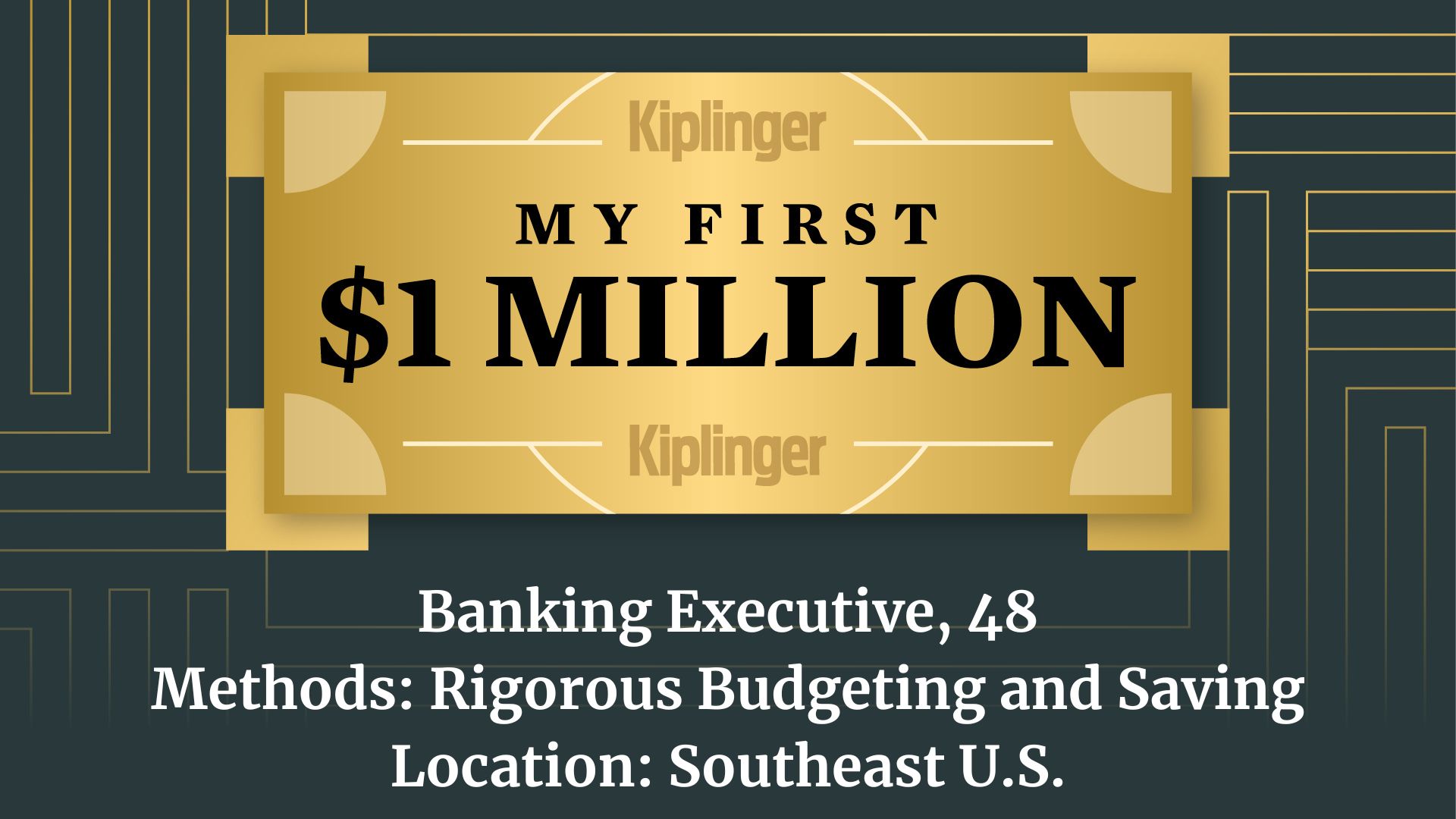1031s: Minimizing the Tax Burden on Investment Property
A 1031 exchange can give you more cash on hand when upgrading your investment properties. When used wisely, 1031s can even lower your overall tax burden. But there are several pitfalls to avoid.


Investment properties are almost a two-in-one return opportunity. Not only can you generate rental income regularly, but the property will often gain value over time and bring you even more returns on the back end. But as with most things in life, that opportunity can be a double-edged sword when it comes time to sell. Not only will you need to pay capital gains taxes on that increased value, but if you used depreciation to reduce your tax payments while you owned the property, the IRS would recapture some of that depreciation as well.
The double-hit of capital gains taxes and depreciation recapture can throw up roadblocks if you’re selling the property to buy a different investment property. The money you have to pay in taxes is money you can’t use to buy a new property, and that lowers your investment budget. But there’s sometimes a way around that, and it’s called a 1031 exchange.
The basic concept is that if you sell one investment property to use the money to buy another investment property, you can roll your capital gains into the new property and not pay them when you sell the old one. But there are several factors you’ll need to get just right when performing a 1031 exchange; getting them wrong could result in losing this tax advantage.
From just $107.88 $24.99 for Kiplinger Personal Finance
Become a smarter, better informed investor. Subscribe from just $107.88 $24.99, plus get up to 4 Special Issues

Sign up for Kiplinger’s Free Newsletters
Profit and prosper with the best of expert advice on investing, taxes, retirement, personal finance and more - straight to your e-mail.
Profit and prosper with the best of expert advice - straight to your e-mail.
Make Sure It’s a Like-Kind Exchange
The property exchanged must be of “like-kind” to qualify. That means you need to exchange one investment property for another investment property. For instance, you can’t exchange an apartment complex for a house you use as your residence. But you can exchange a rental single-family home for a duplex or an apartment building.
Use a Qualified Intermediary
Another critical factor is that while it doesn’t have to be a direct swap with no money exchanged, it does have to be what you might call a virtual swap. When you sell your old investment property, the money from the sale can’t go directly to you. Instead, it must go to a qualified intermediary, which will hold the funds until they will be used to buy the new property.
That point is where many people trip; they sell a property, take the money and then want to do a 1031 exchange on a new property. But because the money from the sale went into their account, they no longer qualify.
Remember the Deadlines
Timing is essential as well. You have 45 days from selling an investment property to locate up to three potential replacement properties and send the list to the IRS. You then have 135 more days (for a total of 180 days) to choose your final selection and close on the new property, or in other words, you must complete the exchange within six months of the original property’s sale.
Know All Your Options
There is a 1031 exchange option that removes some of these restrictions. Suppose your new property is in a government-designated Qualified Opportunity Zone, or QOZ. In that case, you may qualify for the exchange even if you directly took the proceeds of your previous property’s sale. And if you hold onto the property for 10 years, you won’t owe taxes on any capital gains in the QOZ property.
There are significant tax advantages to QOZs, but the increased risk can offset them. Properties in a QOZ are almost by definition low-value. The government hopes that your investment will increase the property value to revitalize the area, but that doesn’t always happen. You, therefore, have a higher risk of low-to-negative returns on your investment than you do through more traditional 1031 exchanges.
Understand the Pros and Cons of a Trust
What if you want to sell your investment property because you want to get out of the investment property game? One option is to set up a trust and sell the property to it. The trust can then pay you for the property over time through installments while investing the rest and paying you interest. Since the property will be a trust rather than an actual buyer, capital gains taxes get deferred. Once the trust term ends, the trust returns the principal to you, at which point you recognize and pay capital gains.
This strategy gives you the flexibility to plan the timing of capital gains recognition and earn interest on an installment note that is much larger than the value would have been if you recognized tax on the property sale today.
There is a downside to this plan if you have heirs. Property is a powerful asset to pass along to beneficiaries, because capital gains and depreciation recapture go away once the property transfers on death. That clearly can’t happen if you technically sold the property to a trust.
Work with a Financial Planner
There’s a lot to unpack here and many nuances that you need to get right to set yourself up for the best tax picture when selling investment property. If this is an investment strategy you’re interested in, it’s vital to work with a financial planner on investment property exchanges and sales.
Defined Financial Planning, LLC (“DFP”) is a registered investment adviser offering advisory services in the state(s) of California, Nevada, and in other jurisdictions where exempted. The following content is provided by DFP and is subject to change at any time without notice. The content provided herein is for informational purposes only and should not be used or construed as investment, tax, legal advice, or a recommendation regarding your specific financial situation. Past performance may not be indicative of future results. All references to future rates of return are provided for illustration purposes only and are not guarantees of future performance. All investing involves risk, including the potential for loss of principal. There is no assurance that any investment plan or strategy will be successful.
The appearances in Kiplinger were obtained through a PR program. The columnist received assistance from a public relations firm in preparing this piece for submission to Kiplinger.com. Kiplinger was not compensated in any way.
Profit and prosper with the best of Kiplinger's advice on investing, taxes, retirement, personal finance and much more. Delivered daily. Enter your email in the box and click Sign Me Up.

As Principal and Director of Financial Planning, Sam Gaeta helps clients identify financial goals and make plan recommendations using the five domains of financial planning — Cash Flow, Investments, Insurance, Taxes and Estate Planning. He is responsible for prioritizing clients' financial objectives and effectively implementing their investment plans and actively monitors the ever-changing nature of clients' financial and investment plans.
-
 How to Safely Open an Online Savings Account
How to Safely Open an Online Savings AccountOnline banks offer generous APYs that most brick-and-mortar banks can't match. If you want to make the switch to online but have been hesitant, I'll show you how to do it safely.
-
 7 Ways to Age Gracefully Like the Best Stock Photo Seniors
7 Ways to Age Gracefully Like the Best Stock Photo SeniorsAs a retirement editor, I've gleaned valuable wisdom (and a lot of laughs) from one older couple that tops the seniors' stock photo charts.
-
 My First $1 Million: Banking Executive, 48, Southeast U.S.
My First $1 Million: Banking Executive, 48, Southeast U.S.Ever wonder how someone who's made a million dollars or more did it? Kiplinger's My First $1 Million series uncovers the answers.
-
 Time to Close the Books on 2025: Don't Start the New Year Without First Making These Money Moves
Time to Close the Books on 2025: Don't Start the New Year Without First Making These Money MovesAs 2025 draws to a close, take time to review your finances, maximize tax efficiency and align your goals for 2026 with the changing financial landscape.
-
 Is Fear Blocking Your Desire to Retire Abroad? What to Know to Turn Fear Into Freedom
Is Fear Blocking Your Desire to Retire Abroad? What to Know to Turn Fear Into FreedomCareful planning encompassing location, income, health care and visa paperwork can make it all manageable. A financial planner lays it all out.
-
 How to Master the Retirement Income Trinity: Cash Flow, Longevity Risk and Tax Efficiency
How to Master the Retirement Income Trinity: Cash Flow, Longevity Risk and Tax EfficiencyRetirement income planning is essential for your peace of mind — it can help you maintain your lifestyle and ease your worries that you'll run out of money.
-
 I'm an Insurance Expert: Sure, There's Always Tomorrow to Report Your Claim, But Procrastination Could Cost You
I'm an Insurance Expert: Sure, There's Always Tomorrow to Report Your Claim, But Procrastination Could Cost YouThe longer you wait to file an insurance claim, the bigger the problem could get — and the more leverage you're giving your insurer to deny it.
-
 Could a Cash Balance Plan Be Your Key to a Wealthy Retirement?
Could a Cash Balance Plan Be Your Key to a Wealthy Retirement?Cash balance plans have plenty of benefits for small-business owners. For starters, they can supercharge retirement savings and slash taxes. Should you opt in?
-
 7 Retirement Planning Trends in 2025: What They Mean for Your Wealth in 2026
7 Retirement Planning Trends in 2025: What They Mean for Your Wealth in 2026From government shutdowns to market swings, the past 12 months have been nothing if not eventful. The key trends can help you improve your own financial plan.
-
 What Defines Wealth: Soul or Silver? Good King Wenceslas' Enduring Legacy in the Snow
What Defines Wealth: Soul or Silver? Good King Wenceslas' Enduring Legacy in the SnowThe tale of Good King Wenceslas shows that true wealth is built through generosity, relationships and the courage to act kindly no matter what.
-
 An Investing Pro's 5 Moves to Help Ensure 2025's Banner Year in the Markets Continues to Work Hard for You in 2026
An Investing Pro's 5 Moves to Help Ensure 2025's Banner Year in the Markets Continues to Work Hard for You in 2026After a strong 2025 in the stock market, be strategic by rebalancing, re-investing with a clear purpose and keeping a disciplined focus on your long-term goals.